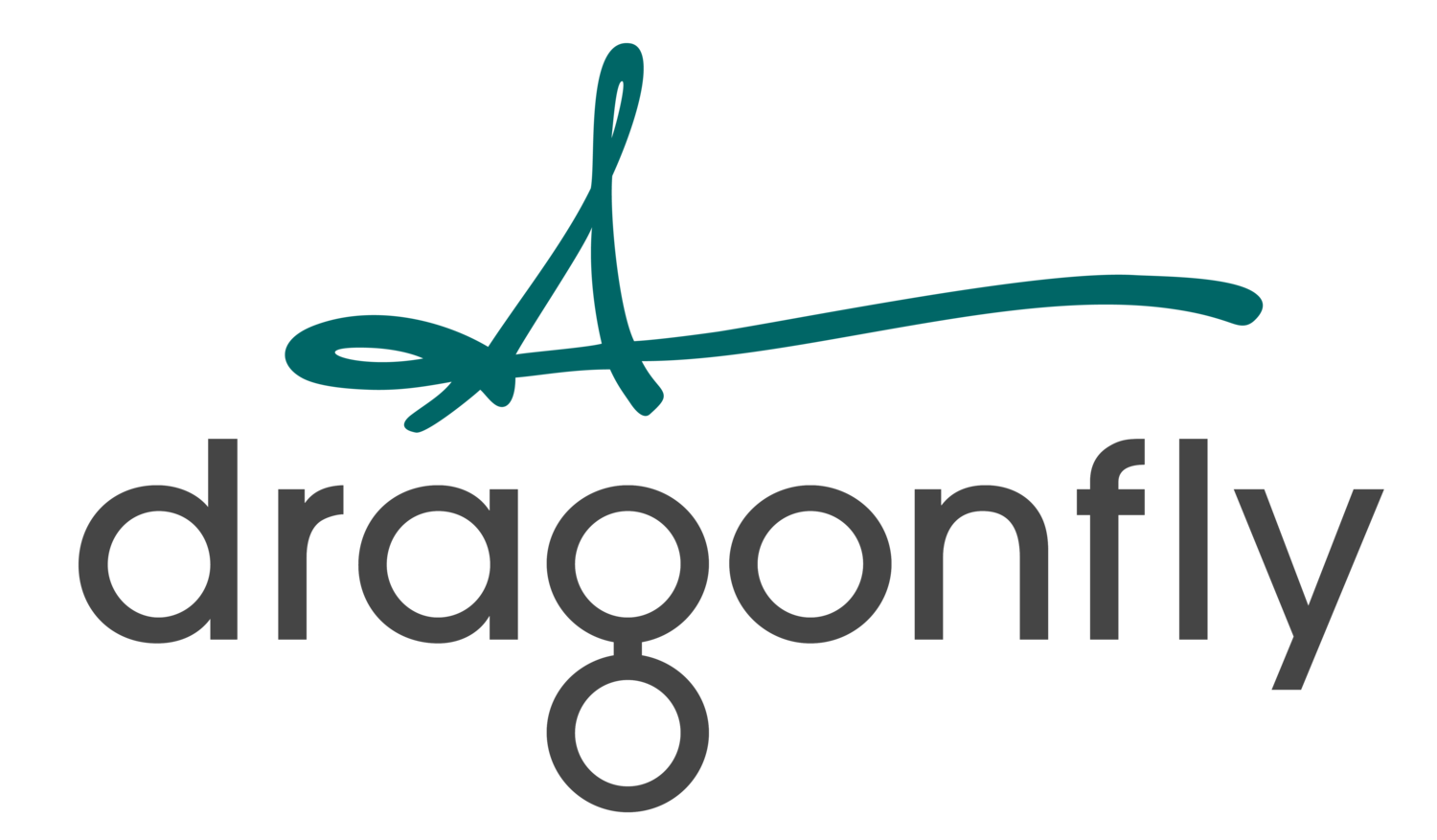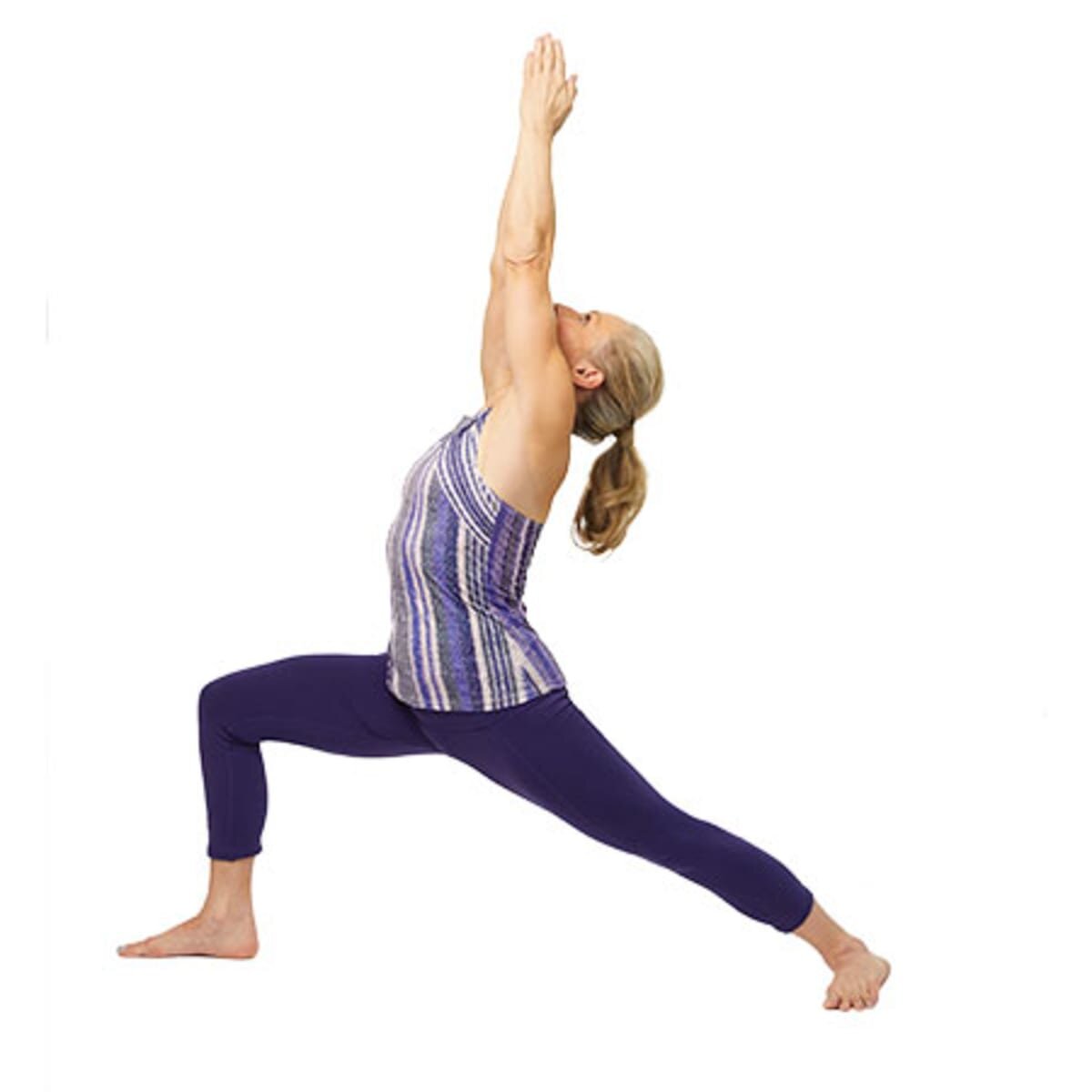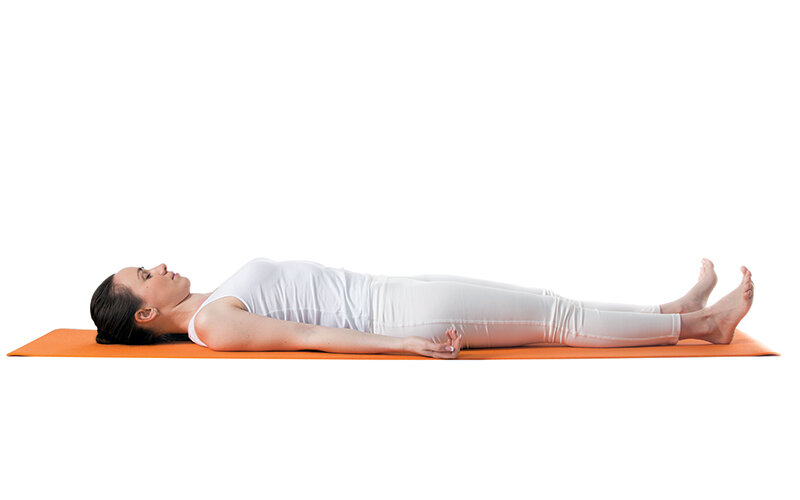Yoga has proven to be extremely useful to reduce body pain. One can tackle pain both physiologically and psychologically with regular yoga practice. Often, body pain is due to several reasons including prolonged screen time, stress, anxiety, and unhealthy dietary and sleep patterns etc. And what sets yoga apart from most other exercise programs is that it places a great emphasis on achieving physical as well as mental fitness.
Can yoga help with chronic pain?
There have been several medical studies which indicate that yoga can be effective in dealing with chronic pain issues such as fibromyalgia, arthritis, migraine, lower back pain, and several other chronic pain conditions. According to a study that appeared in Annals of Internal Medicine, 313 people with chronic low back pain, who took a weekly yoga class, had enhanced mobility when compared with standard medical treatment for the condition.
Research also suggests that yoga responds to chronic pain on a neural level, improving the endurance of grey matter in the brain. Another meta-analysis of 17 studies conducted on over 1,600 volunteers suggests that yoga can be extremely beneficial to improve daily function among people with spinal and lower back pain issues. Moreover, yoga also improves mood and psychosocial well-being.
Thus, it offers a holistic care to an individual.
Poses for Pain Sufferers
1. Downward Dog: It calms the brain and helps in stress and depression. A must yoga for arthritis, headaches, fatigue, and back pain. It has good results for high blood pressure and asthma too.
2. Child Pose: Child Pose is a beginner yoga pose often practiced and suggested by trainers for lower back pain. This posture takes the pressure from your lower back by stretching and aligning the spine, giving your body a nice stretch. Child pose helps in promoting flexibility, stress relief and helps circulation to the muscles, joints and disks of the back.
3. Diaphragmatic (Belly) Breathing: This pose has a ton of benefits for people who complain of health issues and pain. Our nervous system calms down when we breathe with our diaphragm. In doing so our body deals smoothly with our aches and pain. Belly breathing helps in strengthening our diaphragm which in turn reduces depression and anxiety related issues, helps in lowering our blood pressure and improves core muscle stability.
4. Cat/Cow Pose : The Cat/Cow Pose is an excellent way to warm up the spine. Talking about the physical benefits of this pose it helps in toning the gastrointestinal tract. This posture is helpful for relieving menstrual cramps and lower back pain. Cat/Cow Pose increases flexibility of the neck, shoulders, and spine. The movement also stretches the muscles of the hips, back, abdomen, chest, and lungs.
5. Supine Twist : This posture is extremely beneficial for entire back pain. It also helps in increasing the flexibility of the hips, upper back shoulders, and ribs. Adding to it, this pose does wonder for painful bladder syndrome.
6. Leg up the wall: A wonderful posture for tired feet and it also helps in easing lower back pain, headaches, and fibromyalgia.
There are many other postures that will surely help you in relieving pain and aches. Next time do consult your trainer or check our blogs for more inputs. And remember miracles don’t happen in just a day so it’s very important for every individual to be determined, giving the body the time to heal with these brilliant yoga positions. Definitely practice and patience is the key to success and happiness.
Nida Zakaria












